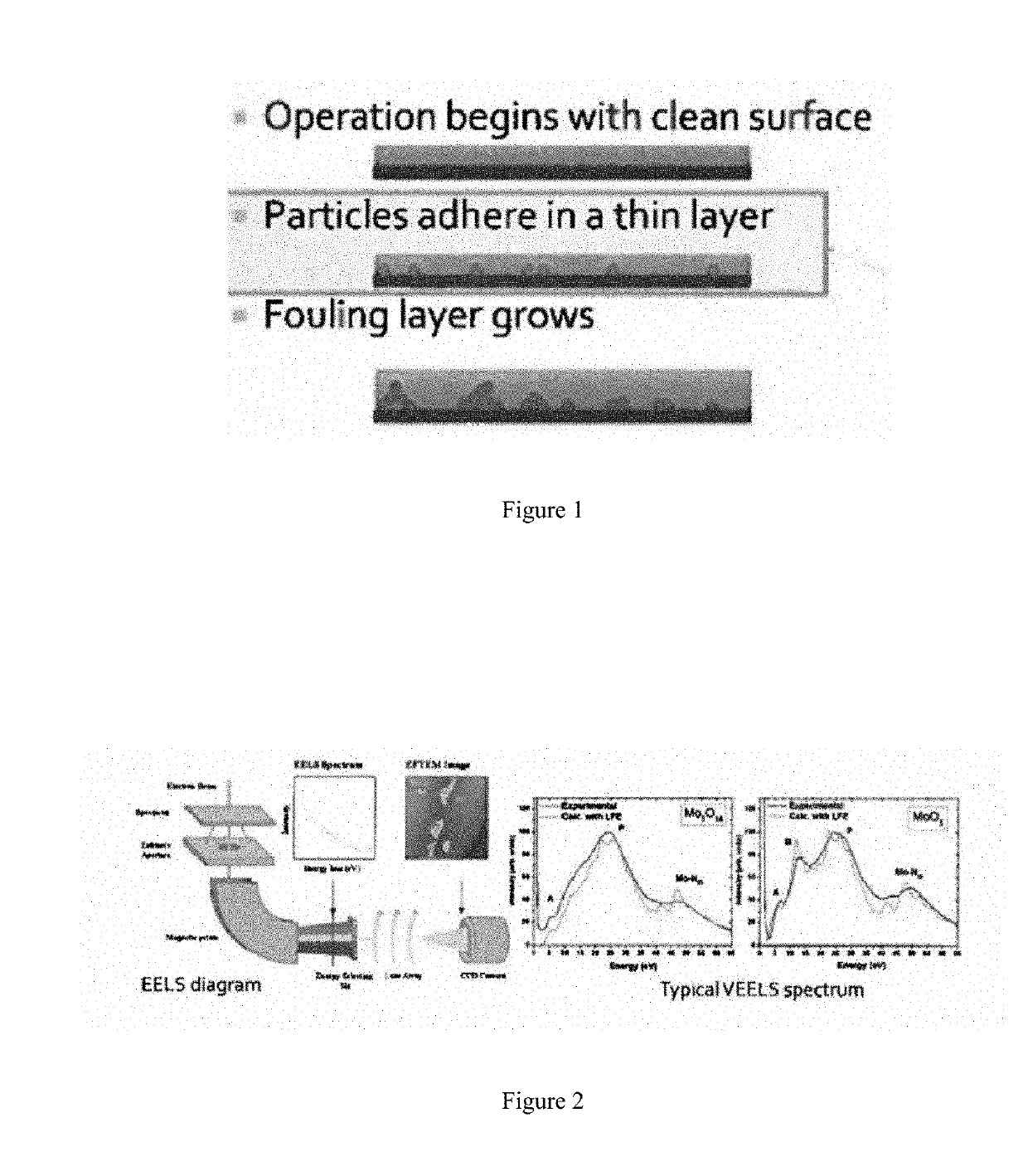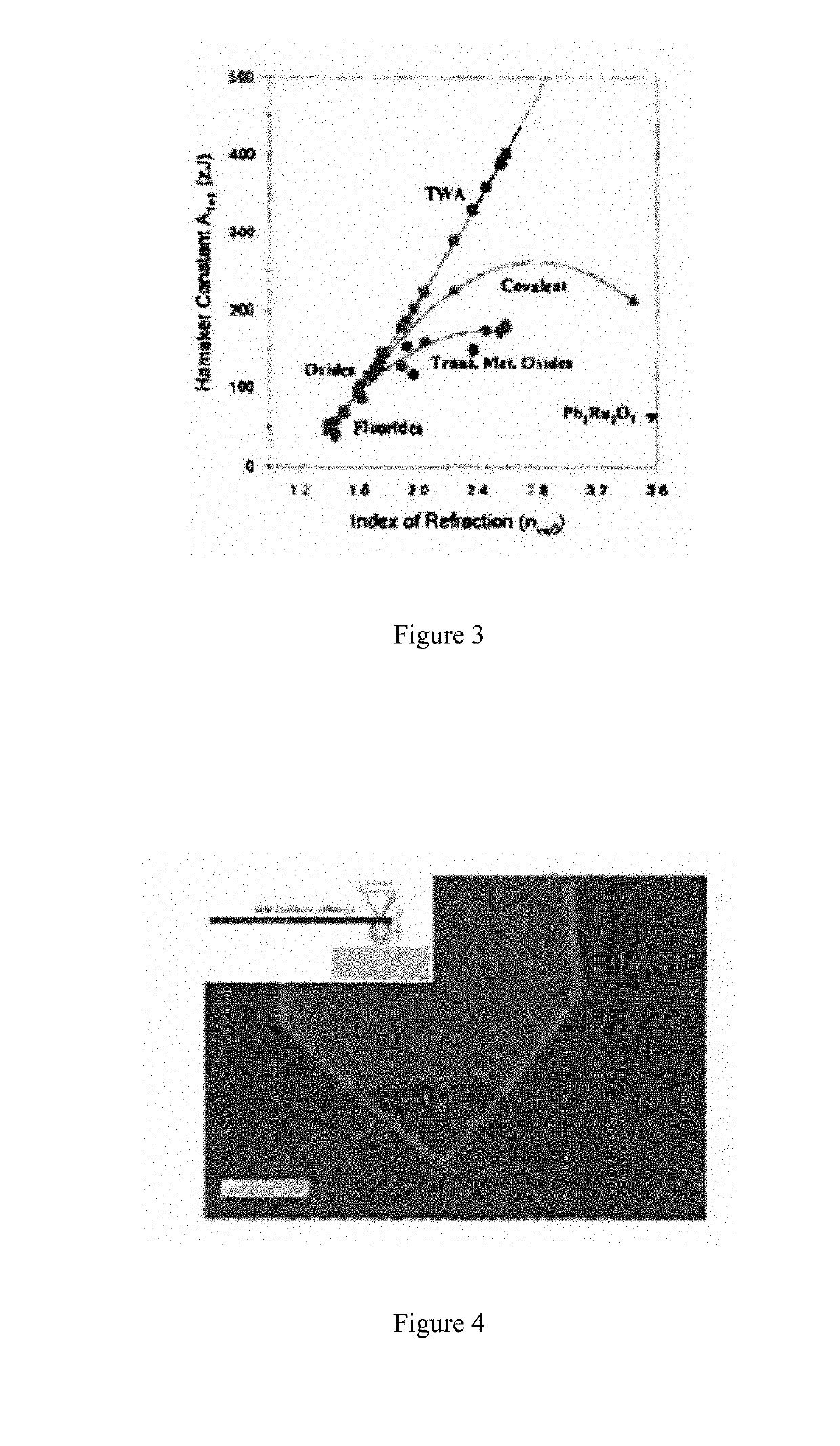Materials that Resist Fouling and Methods for Identifying Same
a technology of materials and fouling, applied in antifouling/underwater paints, lighting and heating apparatuses, coatings, etc., can solve problems such as inability to vary, and achieve the effects of reducing or eliminating initial deposition of foulant, reducing fouling, and eliminating fouling
- Summary
- Abstract
- Description
- Claims
- Application Information
AI Technical Summary
Benefits of technology
Problems solved by technology
Method used
Image
Examples
Embodiment Construction
[0017]Various embodiments of the invention are described below in conjunction with the Figures. However, this description should not be viewed as limiting the scope of the present invention or as setting forth the only embodiments of the invention. Rather, it should be considered as exemplary of various embodiments of the invention since invention encompasses other embodiments not specifically recited in this description such as alternatives, modifications, and equivalents within the spirit and scope of the invention and as defined by the claims. Accordingly, it should be appreciated that references to “the invention” or “the present invention” should not be construed as meaning that the invention is directed to only one embodiment or that every embodiment must contain a given feature described in connection with another embodiment or described in connection with the use of such phrases.
[0018]In general, the present invention is directed to materials that in use resist fouling on th...
PUM
| Property | Measurement | Unit |
|---|---|---|
| index of refraction | aaaaa | aaaaa |
| fouling | aaaaa | aaaaa |
| dielectric spectrum | aaaaa | aaaaa |
Abstract
Description
Claims
Application Information
 Login to View More
Login to View More - R&D
- Intellectual Property
- Life Sciences
- Materials
- Tech Scout
- Unparalleled Data Quality
- Higher Quality Content
- 60% Fewer Hallucinations
Browse by: Latest US Patents, China's latest patents, Technical Efficacy Thesaurus, Application Domain, Technology Topic, Popular Technical Reports.
© 2025 PatSnap. All rights reserved.Legal|Privacy policy|Modern Slavery Act Transparency Statement|Sitemap|About US| Contact US: help@patsnap.com



